Clean grey horses? Of course!
Every owner of a grey horse knows the problem. Yellow spots all over the horse’s body! There is hardly anything more beautiful than a bright white grey, the white tail of a Haflinger, the white spots of a piebald or white horse legs. But how do you get your horse white again? In my current blog entry you will learn what you have to look out for when buying a good grey horse shampoo, when the only thing that helps is to “cut off” it and how to make your horse shine white again – without any bleach of course!
Enjoy reading,
your Marie from CXEVALO®
There are very different types of grey shampoos. Some work with particularly aggressive soaps, some with bleach, some with silver particles and then there is the grey shampoo from CXEVALO®. When I started to develop a grey shampoo it was clear to me: I don’t want bleach, aggressive soaps and silver particles – well, there are some…I wanted to create a very special shampoo for the suffering grey horse owners. As always we started with our mild vegetable soap base, adjusted to the pH-value of the horse’s skin. So far so good, that alone makes the grey horse reasonably clean, but it is not the ultimate grey horse shampoo yet. So a trick was needed. That’s when I remembered my physics lessons and the theory of colours. Sounds complicated, but it’s not…so I mixed a little bit of bluish colour into the mould shampoo. This bluish color makes the yellow wavelengths from sunlight “swallow”, so to speak, and reflects only the white light, making it visible to our eyes. Et voila – the result is a brilliant white grey horse. Cool, isn’t it? Sure, yellow corroded horse fur will not get white anymore – corroded? Yes, there is…more about that if you read on!
Surely you know one of those countless advertisements for hair colors in which manufacturers talk about the so-called “ammonia”. Well – horse urine and horse dumplings contain a lot of ammonia by nature and are therefore real chemical and hair dye bombs! No wonder that the beautiful white coat turns yellow at some point. This process can be reversed as long as urine and horse dumpling remains are regularly brushed and/or washed out of the horse’s coat. If you are careless here even for a few weeks, urine and dumpling residues will etch themselves into the horse’s coat and change the hair permanently – just like when we have our hair dyed at the hairdresser. Even the best horse shampoo is no match for this. There is only one thing that helps: Cut it off or simply let the yellow spots grow out patiently. Once horse hair has been etched with ammonia, it can no longer be made white. (Wild horse owners in particular resort to bleaching lye in their distress – but this is strongly discouraged. Severe burns and damage to the horse’s skin can be the result). So better wait patiently for new hair to grow back and then brush and wash it regularly. How to use a grey horse shampoo correctly you will learn if you read on
Even the best mould shampoo only works if you use it correctly. But with a few little tricks it’s super easy! The power of the mildew shampoo lies in its foam. The more foam you create, the better the shampoo can spread on your horse and the cleaner it becomes. How to make a real foam party? First of all, you get your horse really wet. Because only enough water produces enough foam. Drop the shampoo into your hands, onto a washing glove or washing brush and foam the shampoo thoroughly with a little water. Then off with the foam on the horse. Now it is time to massage the horse (e.g. with a washing glove). Not only will your horse enjoy the massage, the mechanical force increases the foam formation and removes stubborn dirt even better from the horse’s coat. Rinse thoroughly with clear water – done! Well how does it look like? Are you now also dazzled by so much white beauty 😉


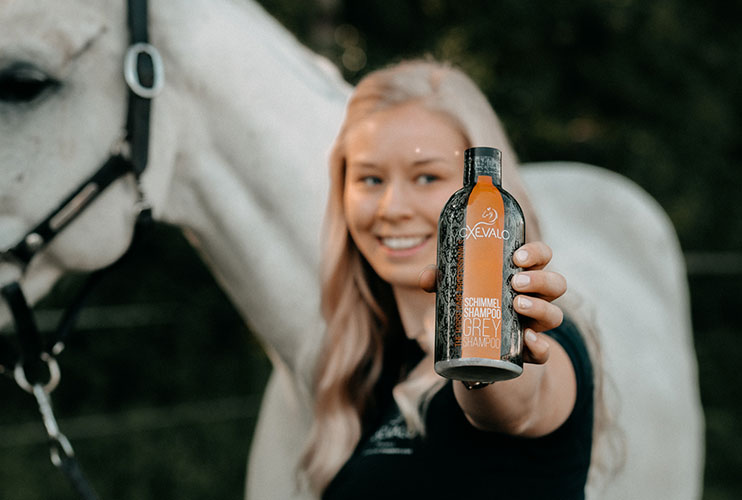

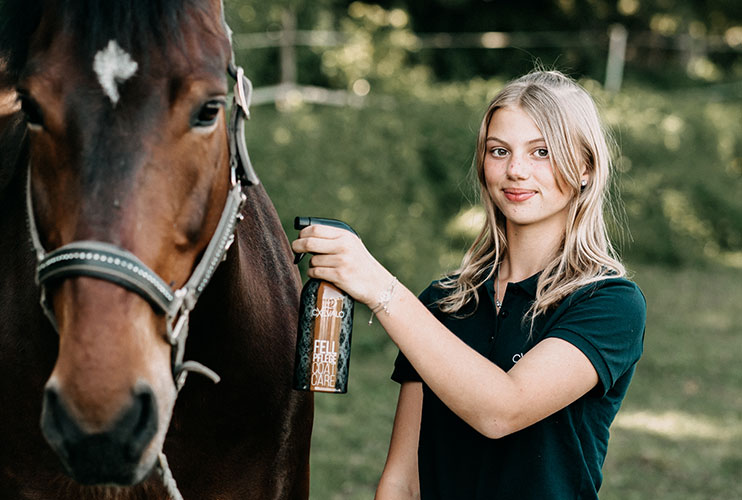
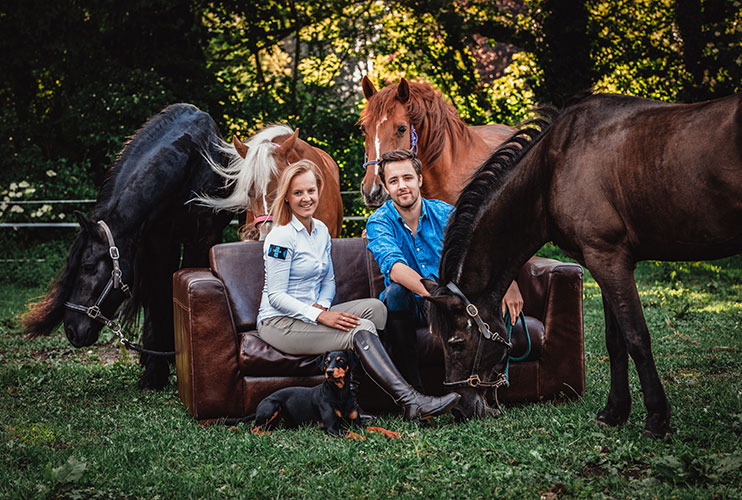
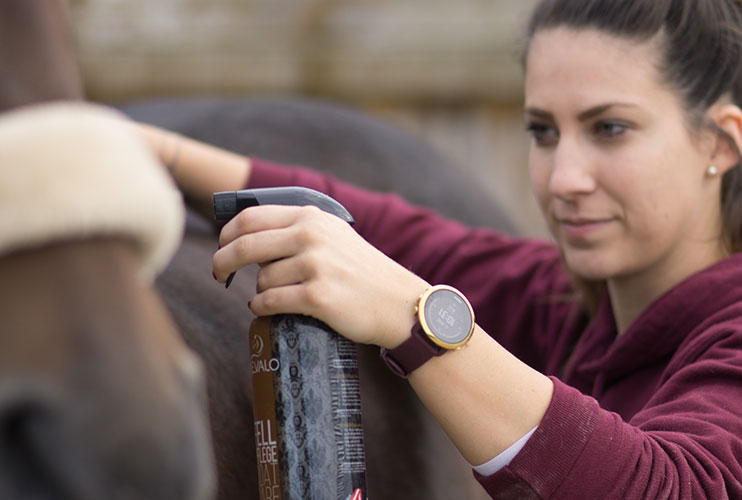
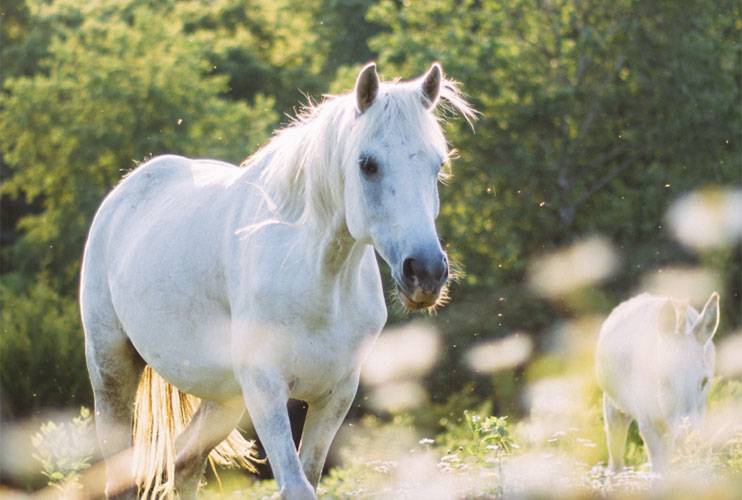
Leave A Comment